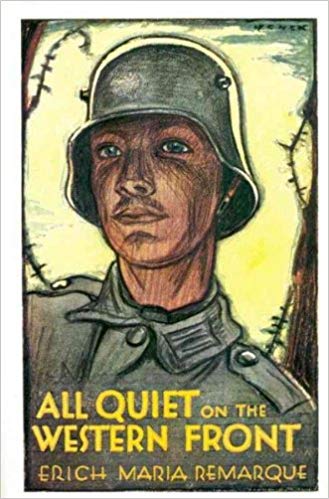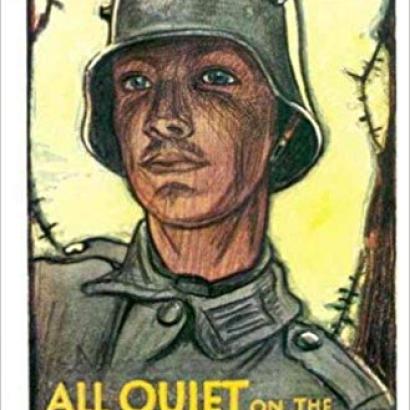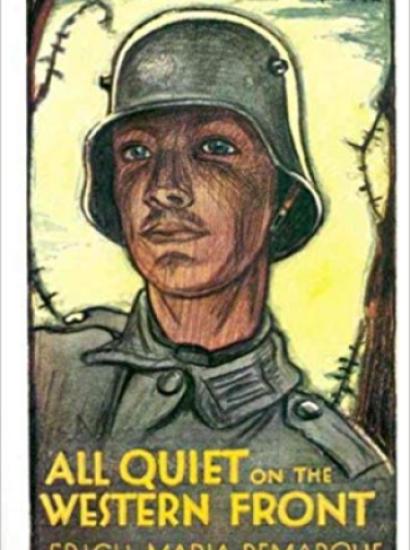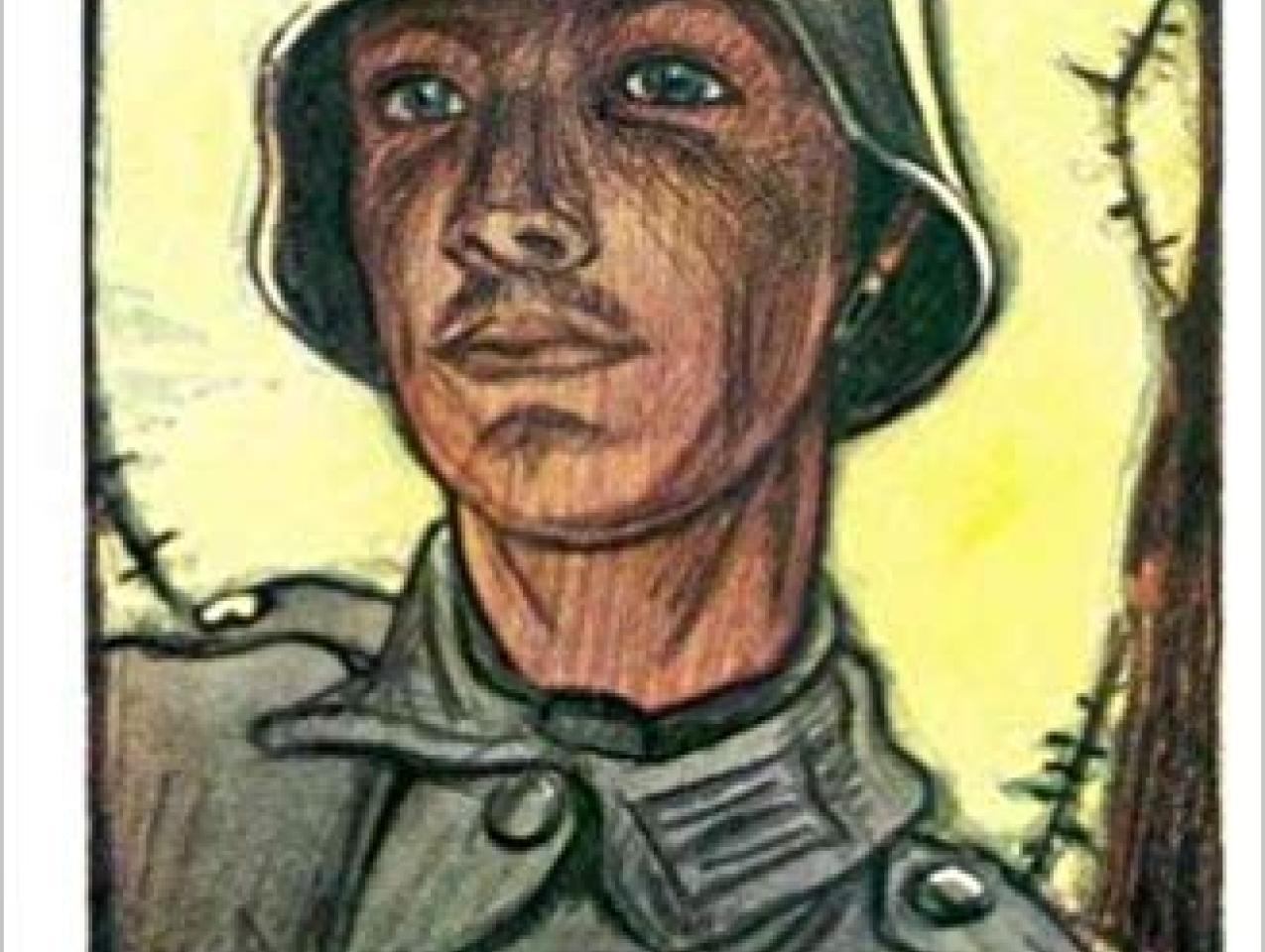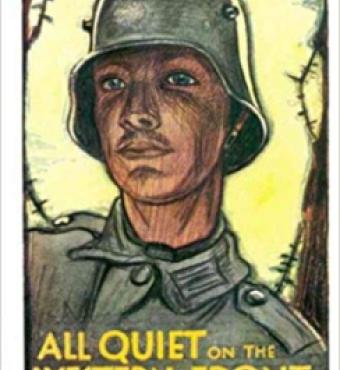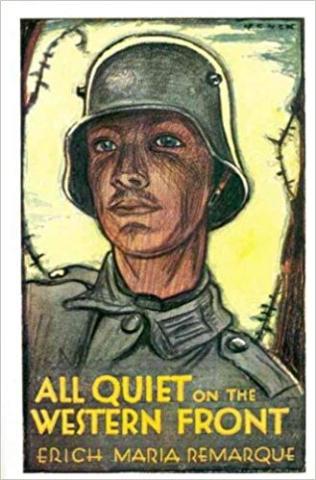- History
- Military
Upon its publication in 1929, All Quiet on the Western Front became a landmark of antiwar literature. It sparked a literary sensation almost overnight. Within a year of publication, it had been translated into twenty languages, including Chinese, and by April 1930, sales for twelve of the twenty editions stood at 2.5 million. Author Erich Maria Remarque was reputed to have the largest readership in the world.
The success of the novel was as unexpected as it was spectacular. Until All Quiet, readers had held little interest in books about the war; after, the public’s appetite proved voracious. It was as if the European publics needed the perspective of a decade before they could think again about war.
The war’s scale and horror are scarcely imaginable to us today. Military deaths were between nine and ten million. France lost nearly one in every five men mobilized, 10.5% of the nation’s active male population. German, Austro-Hungarian, and British losses, though fewer, were commensurate. On average, almost 900 Frenchmen and 1,300 Germans died every day between the outbreak of the war in August 1914 and the armistice of November 1918. In a single day, July 1, 1916, 20,000 men in the British and Dominion forces were killed and another 40,000 wounded—deadlier than any day in the Second World War.
The violence done to these mass draft armies was unprecedented. The war introduced new and dreadful weapons, including tanks, flame throwers, mortars, hand grenades, submarines, airplanes, and poison gas. The machine gun, a fairly primitive weapon when the war began, became a fearsome defensive weapon capable of dealing out death and injury on an industrial scale.
All Quiet conveys these terrible realities unsparingly. With brutal literalness, it describes the shuddering horror of an artillery bombardment, the panic of a gas attack, the agonies of the wounded, the indifference of medical personnel, the ubiquity of terror and death, and the role of chance. Paul, the book’s narrator, and his comrades come to realize how deeply and enduringly the war has alienated them from the world outside the front. One says: “Two years of shells and bombs—a man won’t peel that off as easy as a sock.” Another adds: “The war has ruined us for everything.”
All Quiet was primarily an exercise of imagination rather than of memory—a “passionate evocation” of the general public mood of “dissatisfaction, confusion, and yearning” of the 1920s. Remarque spoke for millions who longed for an end to war. Those longings were expressed in law as well as in literature. The Versailles Treaty gave rise to an impressive body of international law designed to prevent great power conflict. Reflecting All Quiet’s antiwar mood, the interwar effort to prevent war relied upon the linked concepts of collective security and international institutions.
This was not just the idle invention of Woodrow Wilson. Europeans and their national leaders placed great faith in the idea that international institutions could prevent war by changing the decisions and even the interests of states. Yet, only a decade after All Quiet appeared, the world stood on the brink of another, even more destructive war. While noble in its goals, the peace-through-law movement failed because it was built on unrealistic assumptions about the malleability of national self-interests and overconfidence in the efficacy of law. And it was far from a historical quirk limited to the interwar period. After the Second World War, the Allies, led by the United States, attempted to create in the United Nations a more perfect successor to the League of Nations. But they took the wrong lessons from history by relying on international law and institutions to provide a new collective security. Their attempt would fall prey to the same problems.







